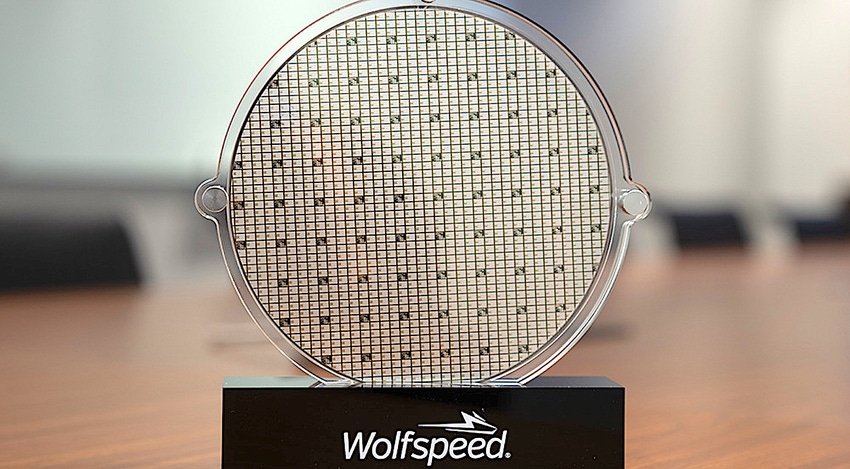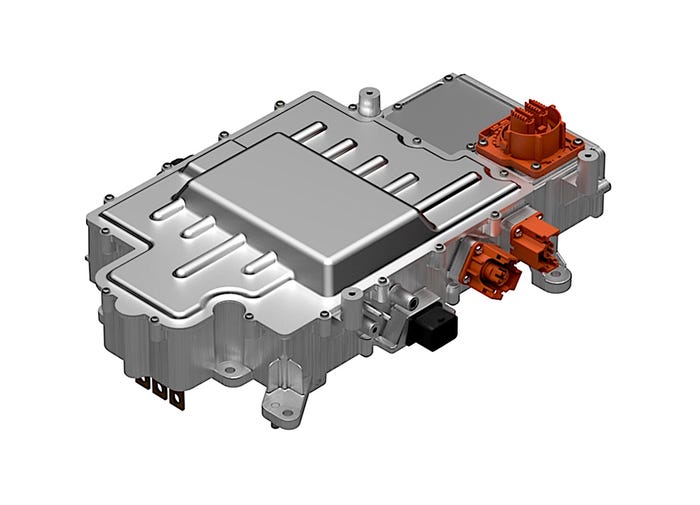BorgWarner Solidifies Silicon Carbide Supply With Investment
BorgWarner has invested $500 million in silicon carbide semiconductor manufacturer Wolfspeed, Inc.

BorgWarner has solidified its position as a Tier 1 supplier whose components and modules incorporate silicon carbide semiconductor (SiC) technology thanks to a half-billion dollar investment in Durham, N.C.’s Wolfspeed, Inc.
Wolfspeed provides silicon carbide semiconductors for energy-efficient products. The company’s silicon carbide product families include power-switching devices and RF devices targeted for various applications such as electric vehicles, fast charging, 5G, renewable energy and storage, and aerospace and defense.
EV startup Lucid Motors, a notable proponent of silicon carbide technology as discussed in this Design News article, uses Wolfspeed's XM3 Silicon Carbide power modules in its flagship Lucid Air luxury sedan. The XM3 power modules’ low switching losses, minimal resistance, and high power density contribute to the efficiency and power density of Lucid's 163-lb, 670-hp (74kg 500kW) electric motor.
BorgWarner’s $500 million investment assures access for the company to $650 million worth of Wolfspeed’s silicon carbide semiconductors annually for use in the components BorgWarner supplies to carmakers. “Silicon carbide-based power electronics play an increasingly important role for our customers as our electric vehicle business continues to accelerate,” said Frédéric Lissalde, President and CEO of BorgWarner. “We believe this agreement helps ensure that BorgWarner will have a reliable supply of high-quality silicon carbide devices, which are significant to the company’s inverter growth plans.”
Wolfspeed will support the growing demand for its products with expanded manufacturing. The company is engaged in a multi-year, $6.5 billion capacity expansion effort which includes not only the installation of additional tools at Wolfspeed’s 200mm Mohawk Valley, N.Y. fab but also the construction of a 445-acre silicon carbide materials facility in North Carolina, which will provide a ten-fold expansion on the company’s existing materials capacity. The first phase of construction in North Carolina is scheduled for completion by the end of 2024.
In addition to supplier customers, Wolfspeed is also selling directly to OEMs, with the October announcement of a deal with Jaguar Land Rover for Wolfspeed SiC semiconductors to be used in Jaguar Land Rover power inverters for future EVs.
BorgWarner has OEM customers eagerly anticipating silicon carbide components, with production by a European carmaker on track for 2023. The inverter BorgWarner will deliver features dual-sided cooled power switches. These promise enhanced driving performance and a longer range for the car they will be used in.

According to BorgWarner, its new technology reduces semi-conductor area and SiC material, offering a lighter and smaller system at a lower cost compared to other silicon-based inverters. The company states that the inverter has greater durability through its wire-bondless power switch design in which the silicon-isolated gate bipolar transistor power switches have been replaced by SiC metal-oxide-semiconductor field-effect transistor power switches. The result is a promised 70 percent reduction in switching losses, which lets carmakers improve performance and reduce costs for their electrified propulsion systems.
BorgWarner says the company is targeting $4.5 billion of electric vehicle revenue for 2025, compared to less than $350 million in 2021.
About the Author(s)
You May Also Like





